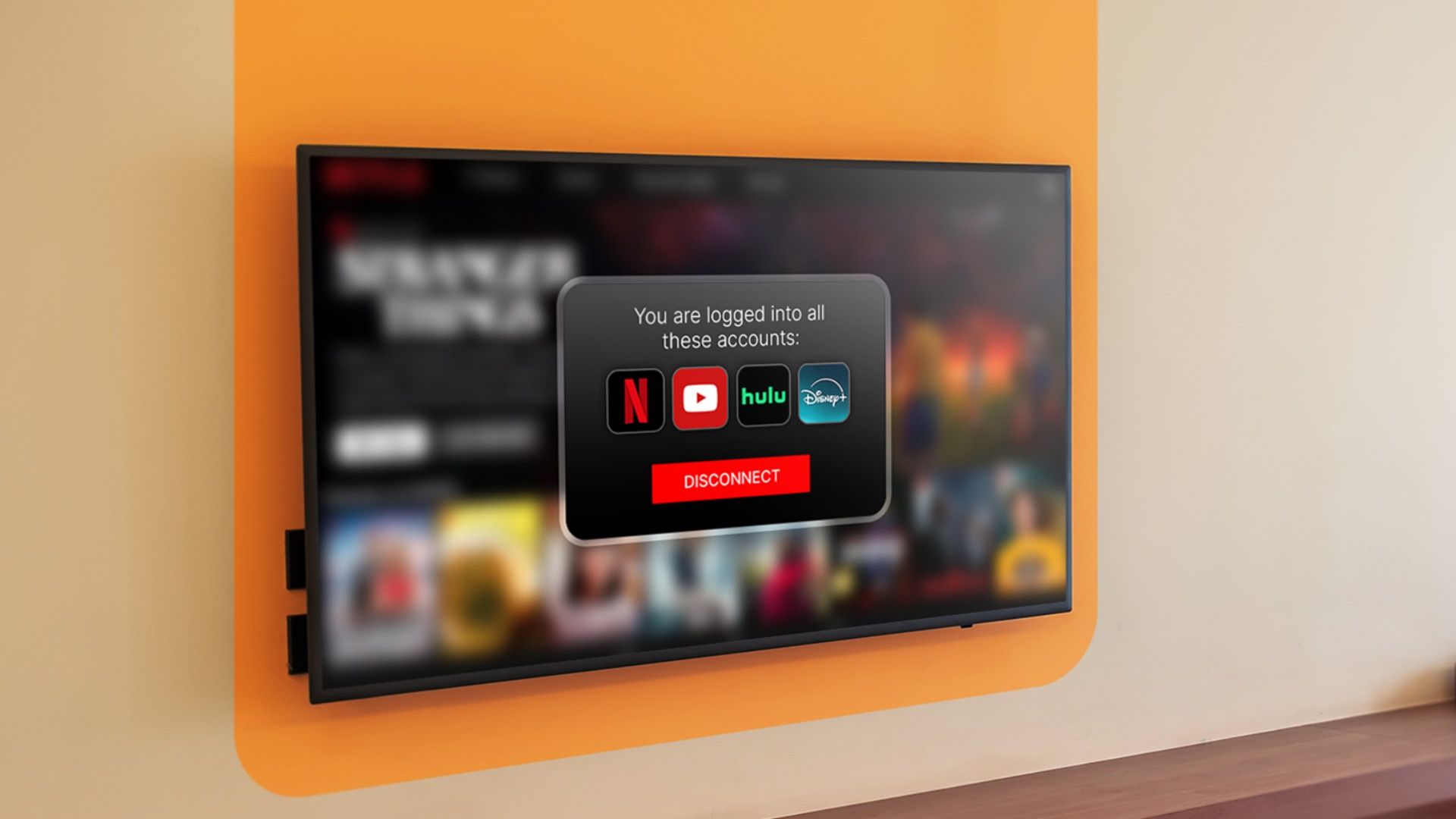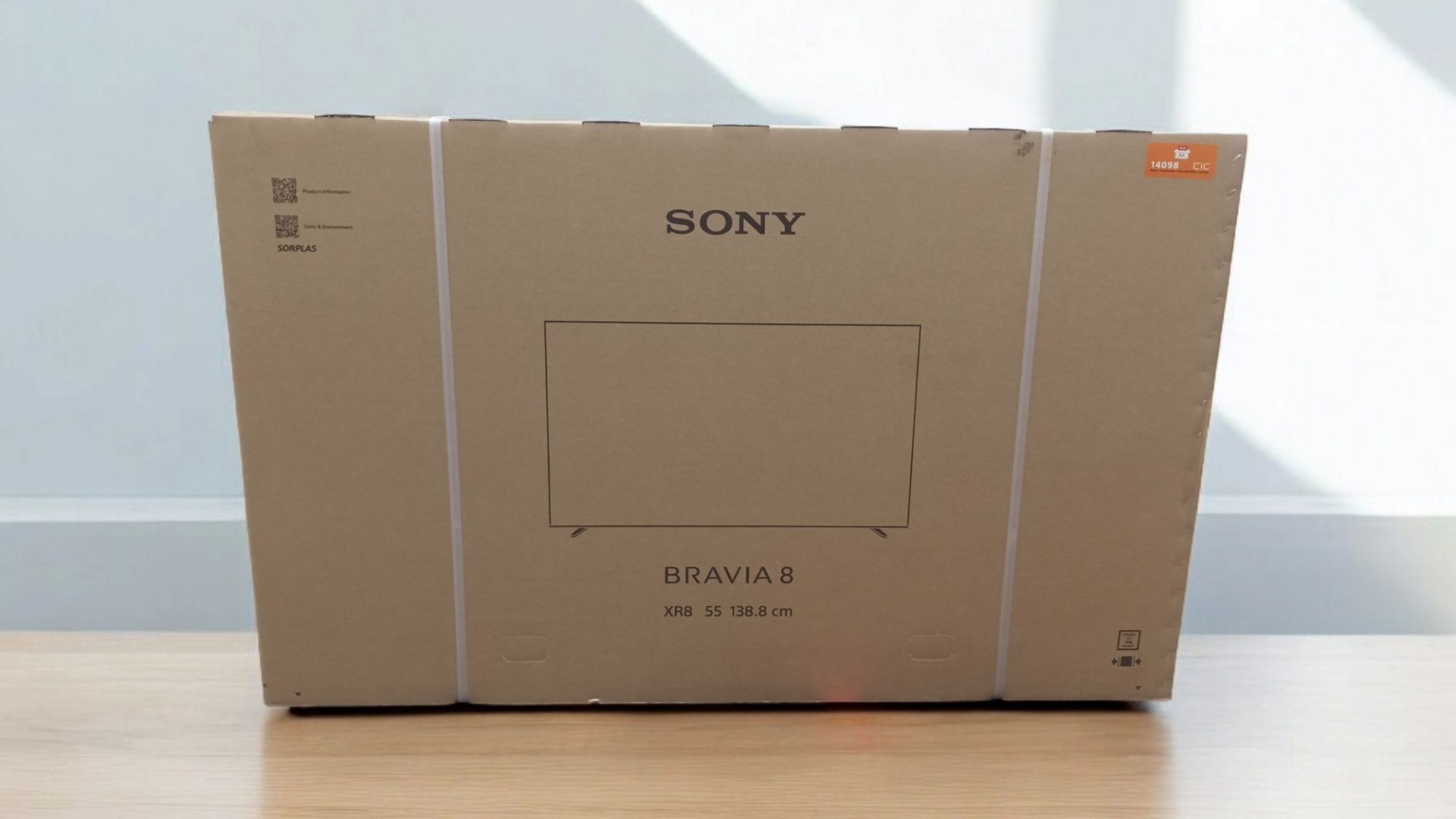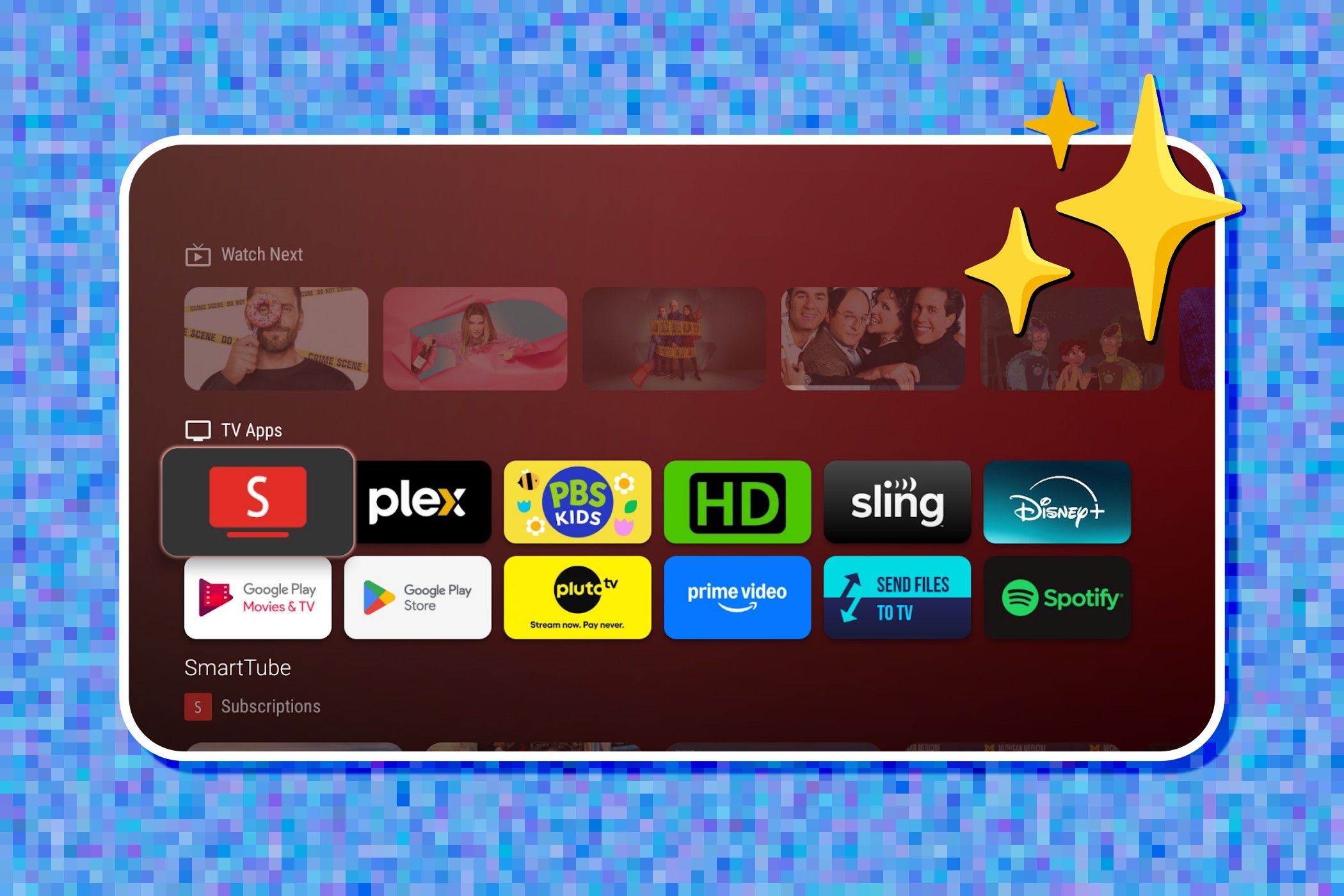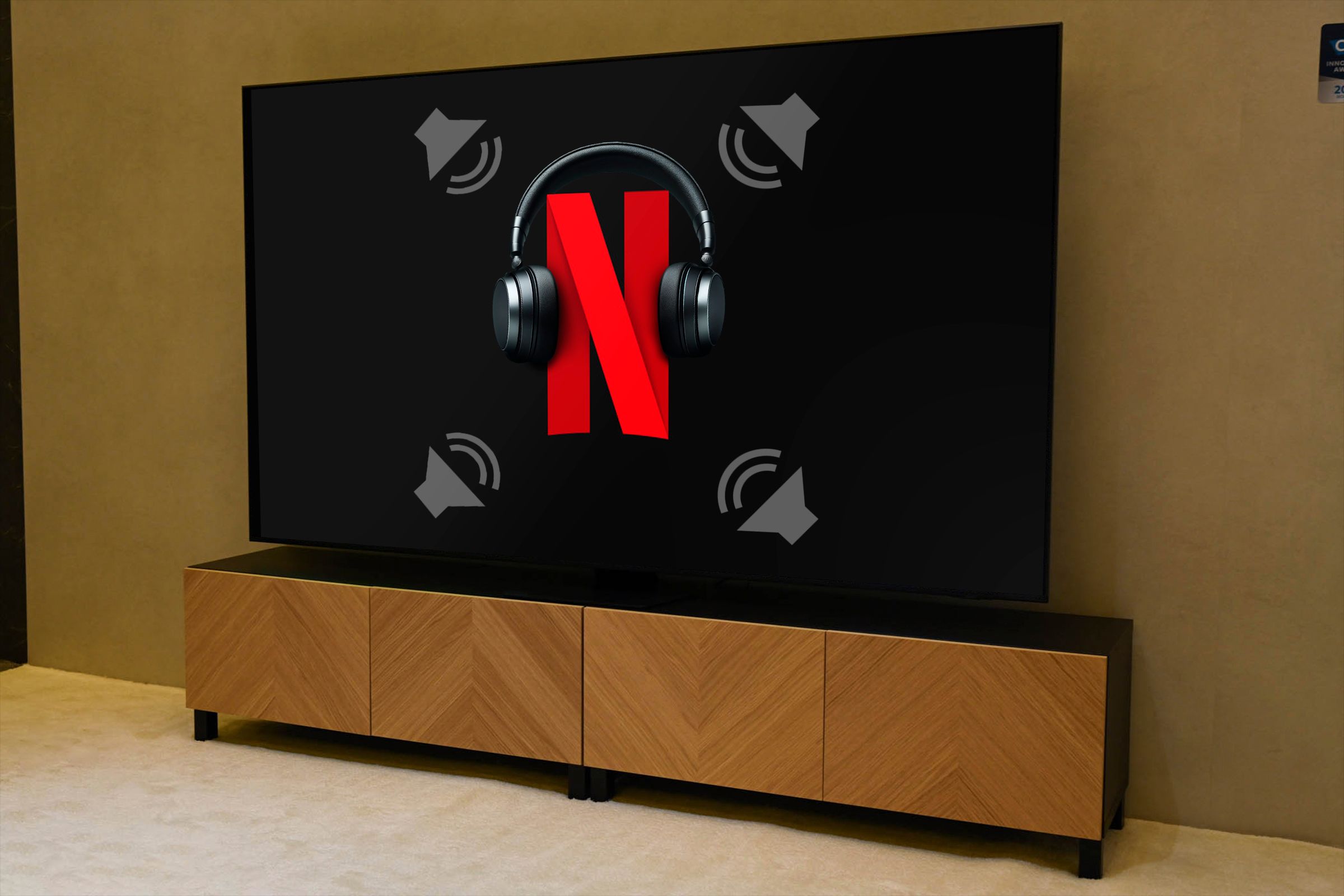Good-looking TVs come in all sizes and price points, and they’re getting bigger with each new release. Manufacturers like Samsung, Sony, TCL, and more are all making crazy 8K TVs or pushing sizes over 100 inches. That’s nice, but it’s not what most people need. I want a better TV, not a bigger one.
We’re at a point where great TVs are incredibly affordable. You can get a budget Roku or TCL that’ll do the job, or you can spend a little more on a fancy Mini-LED TV from TCL or Hisense. Obviously, cutting-edge tech like the latest OLED will cost a bit more, but they’re still cheaper than that 55-inch Plasma TV you bought in the early 2000s. Man, those were expensive.
With the current state of things, I think it’s time that our Smart TVs got better overall, not just bigger or pack the latest image technology with higher motion rates. I want better remotes, improved software, premium speakers, or internal hardware that isn’t awful.
Long-lasting and Powerful Internal Hardware
Sure, Sony’s RGB LED backlight might be better than OLED, but it’ll be expensive and have the same limitations as current TVs. I’m talking about outdated internals that deliver a slow and laggy software experience. Think about it—we have extremely capable computers and powerful phones in our pockets, all while TVs continue to arrive with outdated specs across the board.
I want a new 75-inch TV that packs the latest and greatest specs and a powerful processor inside, ensuring it’ll offer smooth performance using all my favorite TV apps and streaming services. While we’re at it, maybe a little more storage for the endless wave of streaming apps these days. More importantly, I want hardware that won’t feel slow in a year or two.
TV makers keep putting cheap, slow, outdated processors in TVs, using older Wi-Fi standards, and then hope buzzwords like AI, upscaling, HDR10+, or dedicated decoding chips can do all the rest.
You shouldn’t be able to buy a big, beautiful smart TV in 2025 with only Wi-Fi 6 (instead of 6E or Wi-Fi 7). And don’t get me started on the laggy user interface while scrolling through streaming apps and services, or flipping down the YouTube TV channel guide. Things are still so slow and unresponsive, but it doesn’t have to be this way. Upgraded internals will deliver a better and longer-lasting UI experience on our TVs. Consumers shouldn’t have to power cycle their TV every few days to make it run better.
High Quality Remotes, Please
Why does a new smart TV come with a cheap, small, plastic remote that feels like an afterthought when you spend $1,299? I get it; many TVs have a Roku or Google TV remote and a few helpful shortcut buttons. They’re cheap and work across various units, saving money to deliver a more competitive TV price. I’m not a fan.
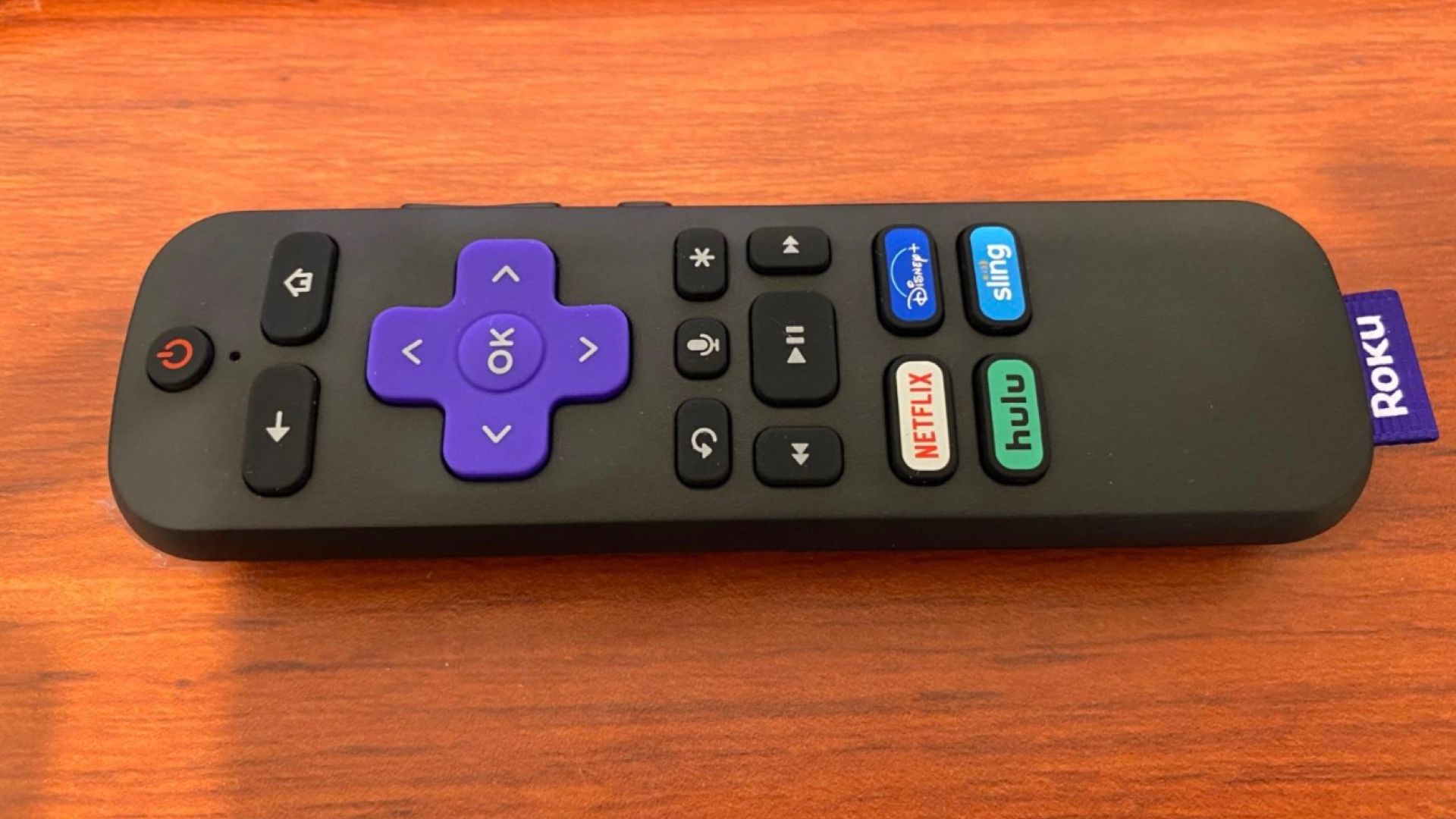
Related
Here’s Why You Should Buy the Roku Voice Remote
Upgrade to the Roku voice remote today! You can thank us later.
I absolutely love the Hisense U7N I reviewed last year. It’s a big, bright, crisp, and clear mini-LED TV. Sure, the company tried to make the remote look a little better with a faux aluminum design, but it’s still cheap plastic with the same buttons found on every other remote. At least it has backlit keys.
Or why does that Roku-powered TV on the shelf at every major retailer come with a low-end remote? If your Roku TV didn’t come with the upgraded voice remote, you’ll certainly want one. I don’t even use the voice features, but it’s built better, more responsive, and worth spending the $30. I wish it came with the TV out of the box.
Give us better remotes that don’t feel like an afterthought.
Improved Software and Support
My biggest gripe with smart TVs lately is the software experience. While most of that boils down to the average-at-best hardware and insufficient RAM on the inside, the software could certainly be better, whether that’s the overall software package or flipping through the TV’s settings menu.
Our cars are slowly getting modern software, but TVs are still largely the same, aside from tweaks to the Fire/Roku/Google/webOS experience overlay. Even if a manufacturer tries to spruce things up, it’s slow, janky, and poorly received. And more than ever lately, it feels like any software or settings menu is an afterthought, too, because whatever Smart TV OS of choice will do the heavy lifting. I know app developers constantly try to improve or redesign the interface, but we don’t need it to look different; we want it to be smooth and better.
When was the last time your fancy smart TV received a software update? They’re few and far between. Not only does the software need to improve, but the length of time it’s supported could also use a boost. When you combine the already outdated internals with slow or no updates, TVs quickly feel outdated and slow.
I don’t buy a TV every year or two like my smartphone. If anything needs better software support, it’s a TV. When I buy a new 75-inch OLED TV and mount it to the wall, it stays put for countless years. I expect software and support that’ll last.
Speakers That Aren’t Awful
Remember how great the speakers were in some of those older tube TVs? And while there’s more space to throw a quality speaker inside, that’s no excuse. Plenty of thin OLED TVs have great speakers, but they’re the exception, not the norm.
The internal speakers took a huge backseat in the race for the thinnest TVs with tiny bezels and affordable price points. They’re not terrible by any means, but they’re not great. Plus, most brands just assume you’ll get a good soundbar. I’ve heard laptops and phones with speakers comparable to that 5 or 6-year-old Samsung TV in my garage. It’s almost as if the speakers were, you guessed it, an afterthought. See a trend?
I could go on and on about things that are frustrating about TVs. I hate the way-too-short power cable that comes with every TV. Ports are hard to access, or there aren’t enough. Or the inability to schedule software updates, and then you end up with a blinking LED while the TV turns off in the middle of a show.
TVs are pretty great these days, with all those nifty gaming features and designs so thin they look like paintings on the wall. I wouldn’t say we’ve plateaued in picture quality or anything, but it’s time other aspects took center stage.
Give me a better TV, not another copy/paste model with a 114-inch display that doesn’t fit in the average home.

